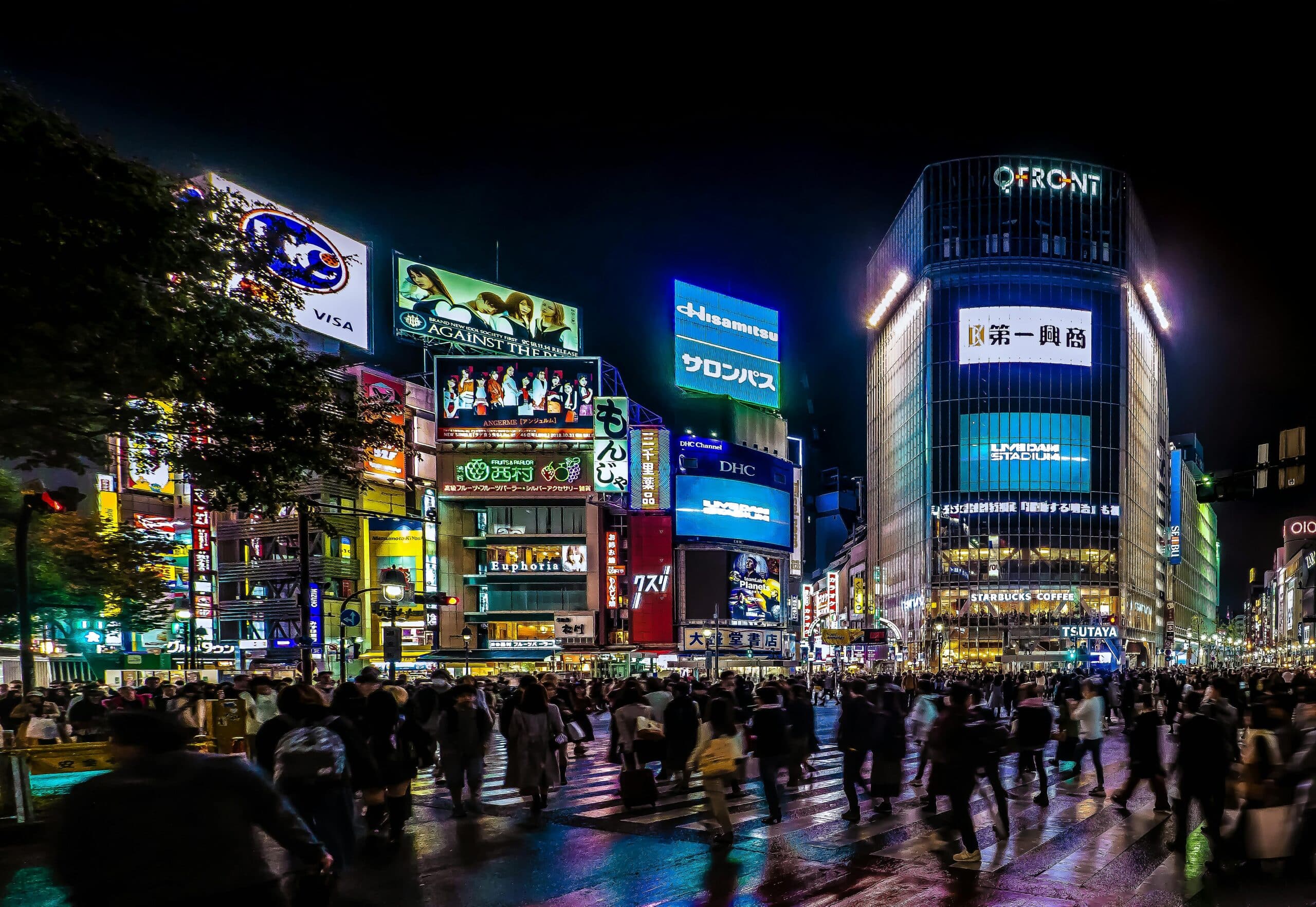
Cities like Tokyo and Shanghai exemplify how comprehensive infrastructure and economic diversity can propel a city to global prominence. WWARBY VIA PEXELS
A megapolis, often referred to as a megacity, is an urban region with a population exceeding 10 million.
These vast urban centers are the new gravitational cores for economic activity, cultural development, innovation, and other nearby cities. Megapolises are paramount in terms of strategic importance, as they play a crucial role in centralizing resources, talent, and opportunities, thereby driving a nation’s economic engine.
Essential components of a megapolis
The success of a megapolis hinges on several critical components that work together to support the urban environment.
Robust infrastructure, including transportation systems like subways, highways, and airports, forms the backbone of these cities, ensuring the efficient movement of people and goods.
Economic diversity also plays a crucial role, making the city resilient against economic fluctuations. Cities like Tokyo and Shanghai exemplify how comprehensive infrastructure and economic diversity can propel a city to global prominence.
Digital connectivity is equally important, with investments in telecommunications and smart city technologies enhancing the quality of life and economic competitiveness. Singapore’s push towards becoming a smart nation underscores the importance of maintaining an edge in a rapidly evolving global landscape.
Urban density and livability
In addition to physical and digital infrastructure, social infrastructure such as housing, healthcare, and education must keep pace with population growth. Cities like Seoul provide a model for balancing urban density with livability by maintaining green spaces and accessible public services.
Environmental sustainability is another critical consideration, given the significant footprint of megapolises. Cities like Tokyo have integrated green initiatives and renewable energy into urban planning, demonstrating that large urban populations can coexist with sustainable practices.
These physical infrastructure, economic diversity, digital connectivity, social services, and sustainability are fundamental to the success and resilience of any megapolis.
The success of a megapolis hinges on several critical components that work together to support the
urban environment. (HTTPS://WWW.1ZOOM.ME)
The need for megapolises in the Philippines
The Philippines benefits significantly from developing more megapolises beyond Metro Manila, as these large urban centers can drive balanced regional development, reduce congestion in the capital, and stimulate economic growth in other areas.
The country can decentralize its economic activities by establishing new economic hubs, leading to a more evenly distributed landscape of opportunity. New cities could evolve into significant cultural and financial centers, each reflecting their unique regional identities and serving as strategic gateways to regional and international markets.
This expansion would diversify the economy and enhance the country’s integration within Southeast Asia, contributing to national and regional prosperity.
Lessons from Asian megapolises
Asian cities offer valuable lessons for the Philippines in its pursuit of creating successful megapolises.
Singapore and Hong Kong’s success as global financial centers underscores the importance of stable governance, strategic planning, and investment in education and technology. These megacities have demonstrated that even geographically limited urban areas can become global powerhouses with the right policies.
Their experiences highlight the need for a clear vision and a long-term urban planning strategy, including zoning regulations, land use planning, and infrastructure projects that anticipate future growth.
The author (ianfulgar.com) is a leading architect with an impressive portfolio of local and international clients. His team elevates hotels and resorts, condominiums, residences, and commercial and mixed-use township development projects with innovative, cutting-edge design and business solutions that have garnered industry recognition, making him the go-to expert for clients seeking to transform their real estate ventures